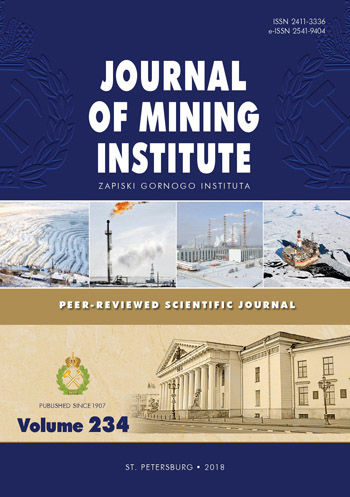Environmental Geochemical Assessment of Technogenic Soils
- Ph.D., Dr.Sci. Professor Irkutsk National Research Technical University
Abstract
The purpose of this study was to obtain diagnostic features and criteria for the distribution of heavy metals in technogenically altered soils in the area of industrial facilities, depending on their altered geochemical properties, which make it possible to fix chemical elements in landscapes (the formation of geochemical barriers). On the basis of the geoecological assessment, disturbance of the soil buffer properties, which is reflected in the ionic composition change, alkalization, pH increase, and sulfate-chloride salinization have been revealed. This forms the heavy metals alkaline barrier. For example, in case of Cu, Pb, Zn, and N, it contributes to their accumulation and subsequent concentration in the soil layer due to the exchange interactions between chemical elements and Na+, K+, Ca2+ cations. Soil saturation with sulphates also increases the probability of metals demobilization in the soil layer. It has been shown that intra-sectional soil migration of oil products (one of the most common pollutants of industrial areas) and chemical elements occurs at a depth of 30-50 cm, where the oil products based on a clay sorption layer form a technogenic barrier.
